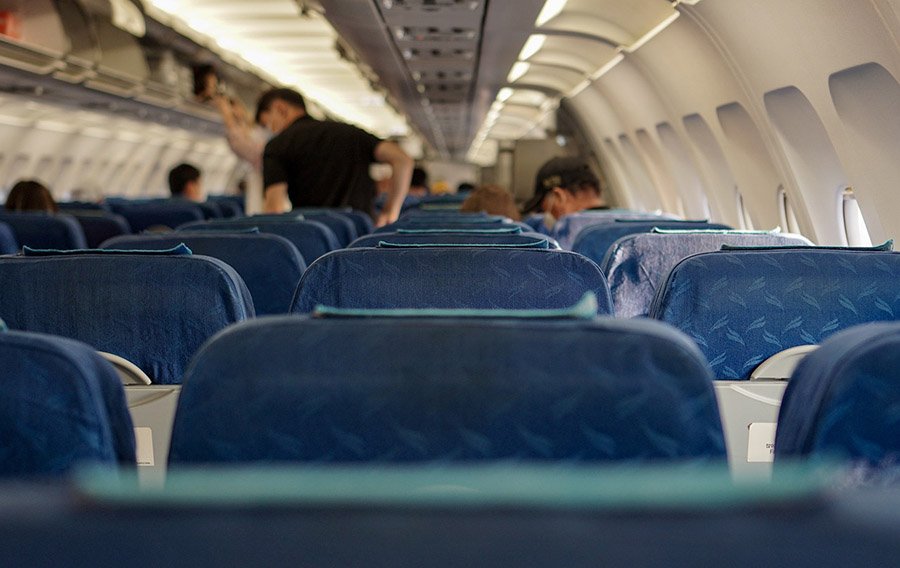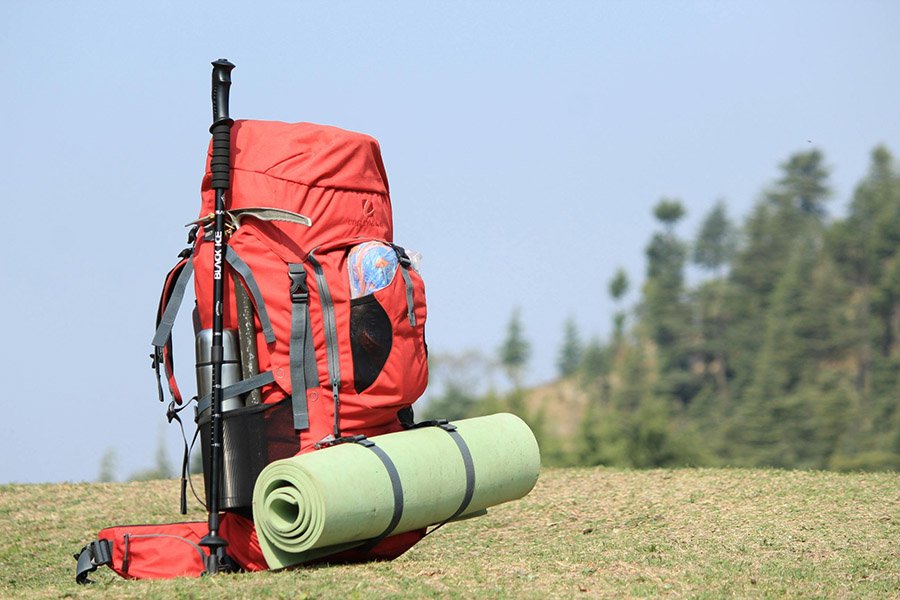Hiking Poles for Carry On: Can You Bring Them on a Plane?
Hiking poles are essential tools for many hikers, providing stability, reducing strain on joints, and enhancing endurance on challenging trails. But what happens when you need to fly to your hiking destination? Air travel regulations around hiking poles can be confusing, with rules varying between countries and airlines.
This guide will cover everything you need to know about traveling with hiking poles, including general guidelines, country-specific regulations, airline policies, practical tips, and special considerations for travelers with disabilities.
General Guidelines
Most airlines and security agencies require hiking poles to be packed in checked baggage due to concerns that they could potentially be used as weapons. This is especially true for metal-tipped trekking poles. While some travelers have reported successfully bringing hiking poles as carry-on items, these cases are exceptions rather than the rule. Understanding these general guidelines can help you avoid frustration at airport security.
Carry-On Baggage
Bringing hiking poles in carry-on luggage is typically prohibited by airport security authorities, especially in the United States, the United Kingdom, and Australia. Even collapsible or folding trekking poles are often not allowed unless explicitly permitted by the airline or airport security. Security agents may view hiking poles as potential blunt weapons, leading to confiscation if found during security screening.
Exceptions:
- Some travelers have reported success by disassembling poles and placing them in their carry-on bags, especially if the poles are compact and appear less threatening.
- If the hiking poles are packed alongside medical equipment or are being used as mobility aids, they may be allowed on board. Always carry proper documentation if you plan to take this approach.
Checked Baggage
Packing hiking poles in checked luggage is almost always allowed. It’s advisable to disassemble collapsible poles and place them securely in your bag to prevent damage during transit. Use a protective case or wrap poles in soft clothing to avoid potential breakage. If traveling with expensive trekking poles, consider using a hard-shell suitcase or adding extra padding for protection.

Country-Specific Regulations
Air travel regulations for hiking poles can vary depending on your departure country:
- United States (TSA): The Transportation Security Administration (TSA) clearly states that hiking poles are not permitted in carry-on bags but are allowed in checked luggage. Attempting to carry them through security will likely result in confiscation or the need to check them at the gate.
- United Kingdom (Civil Aviation Authority – CAA): Regulations are generally aligned with U.S. standards, where hiking poles must be transported in checked baggage. However, enforcement can vary between different airports, and some travelers have successfully carried poles on board by disassembling them.
- Australia (Civil Aviation Safety Authority – CASA): Similar to other countries, hiking poles are typically allowed only in checked luggage. As with all destinations, it’s advisable to confirm specific regulations before flying.
- Canada (Canadian Air Transport Security Authority – CATSA): Hiking poles are considered restricted items for carry-on baggage and must be checked.
- European Union (EASA): Rules are generally consistent with international standards. However, enforcement can be inconsistent depending on the specific country and airport.
Airline Policies
Individual airlines may have slightly different rules regarding hiking poles. Here are some examples:
- Delta Air Lines: Allows hiking poles when properly packaged in checked luggage, following TSA regulations. They recommend contacting customer service if you have special needs related to mobility aids.
- Iberia: Prohibits hiking poles in the cabin and requires them to be checked in. Failure to comply may result in additional fees at the gate.
- Ryanair: Does not permit hiking poles in carry-on luggage and requires them to be placed in checked baggage. Low-cost airlines like Ryanair are often stricter about these policies.
- Lufthansa: Generally follows standard European guidelines and requires poles to be packed in checked luggage unless specifically needed for medical reasons.
Since airline policies can change without notice, it’s essential to review the most recent guidelines directly from the airline’s website or customer service before traveling.

Practical Tips for Traveling with Hiking Poles
To ensure a hassle-free experience when flying with hiking poles, consider the following tips:
- Dismantle Your Poles: If you plan to pack your poles in carry-on luggage, disassemble collapsible poles to facilitate inspection. Keep in mind this does not guarantee approval.
- Check Them In: The safest approach is to pack your hiking poles securely in your checked baggage. Use protective cases or wrap them in soft clothing to prevent damage.
- Purchase or Rent at Your Destination: To avoid potential issues altogether, consider buying or renting hiking poles upon arrival. Many outdoor shops offer rentals, especially in popular hiking destinations.
- Use as Mobility Aids: If you rely on hiking poles for mobility or health reasons, contact your airline in advance and provide documentation supporting your need. Some airlines may allow hiking poles as a medical device if properly justified.
- Check for Alternative Poles: Consider packing compact, collapsible poles that are easier to fit into your luggage. Brands that specialize in ultralight poles often offer models designed specifically for travel.
- Review Airline Policies: Before traveling, verify the current guidelines with your airline. Policies may differ between airlines and countries, so checking beforehand can save you time and trouble at the airport.
Special Considerations for Travelers with Disabilities
If you rely on hiking poles as a mobility aid, you may be able to bring them in your carry-on luggage under specific circumstances. Contact your airline well in advance of your flight to explain your situation and obtain any necessary documentation or permissions. It’s also helpful to carry a letter from your healthcare provider explaining your need for the hiking poles.
Conclusion
While it is technically possible to bring hiking poles in carry-on luggage, the general rule is to pack them in checked baggage to comply with security regulations and avoid potential confiscation. Always verify the latest guidelines from your airline and departure airport before traveling to ensure a smooth journey. With proper preparation and understanding of the rules, you can bring your hiking poles along for all your outdoor adventures without any hassle.








